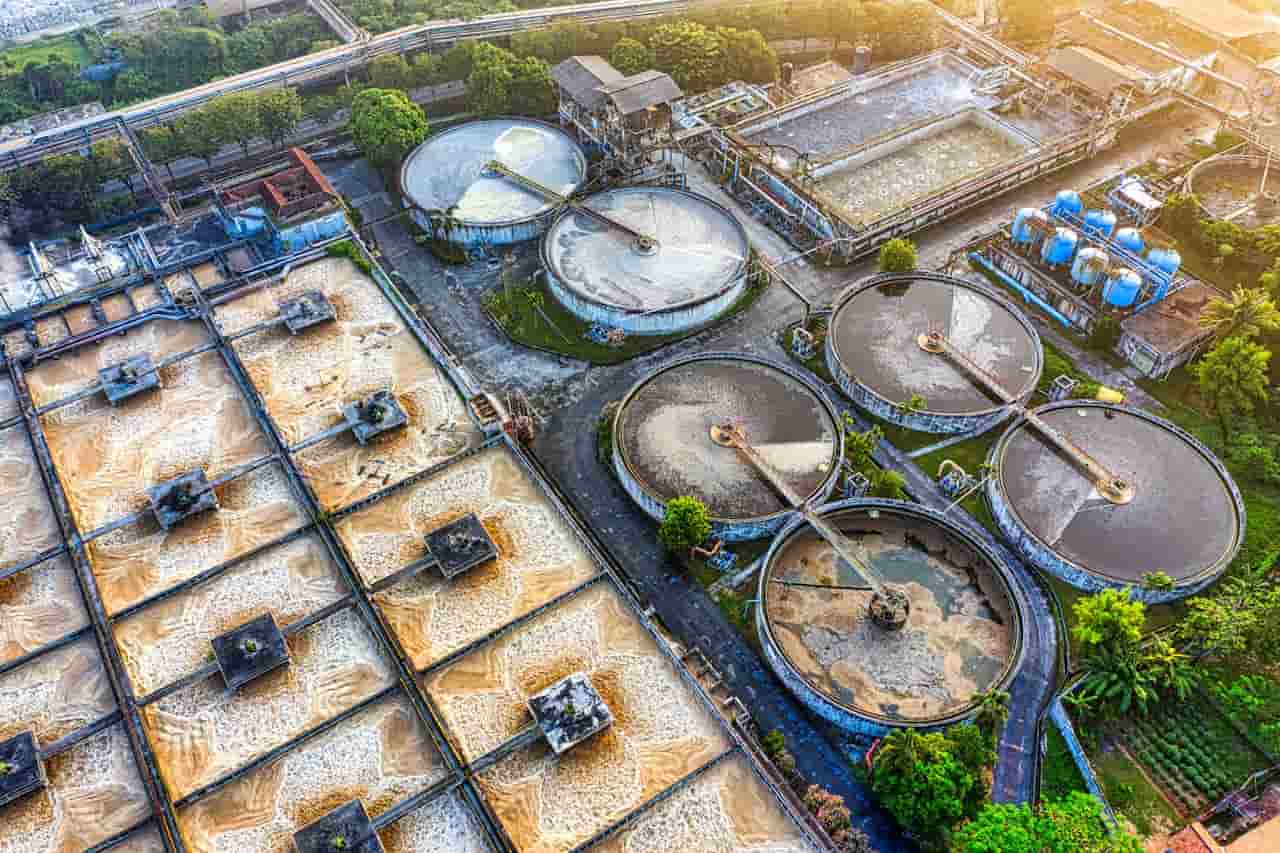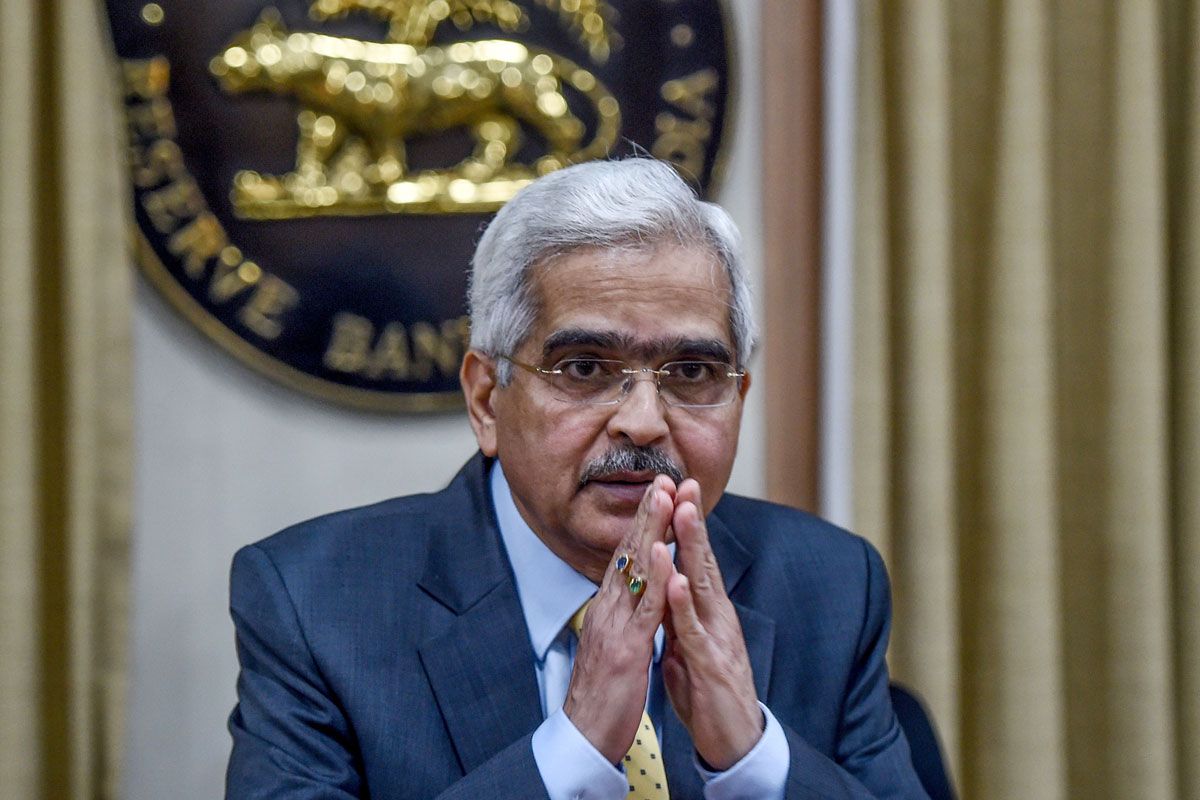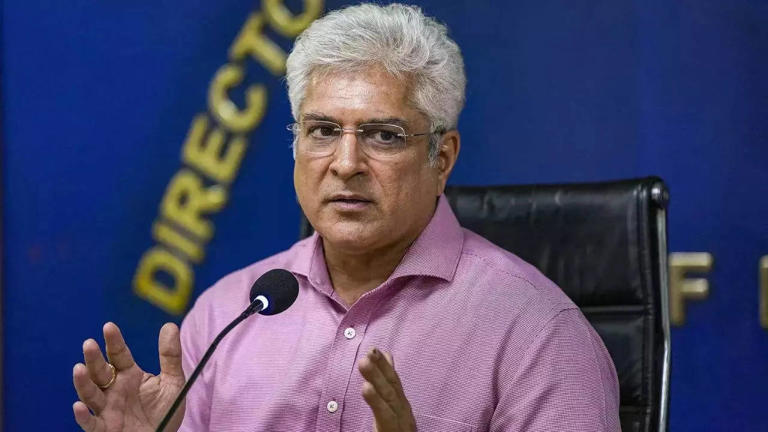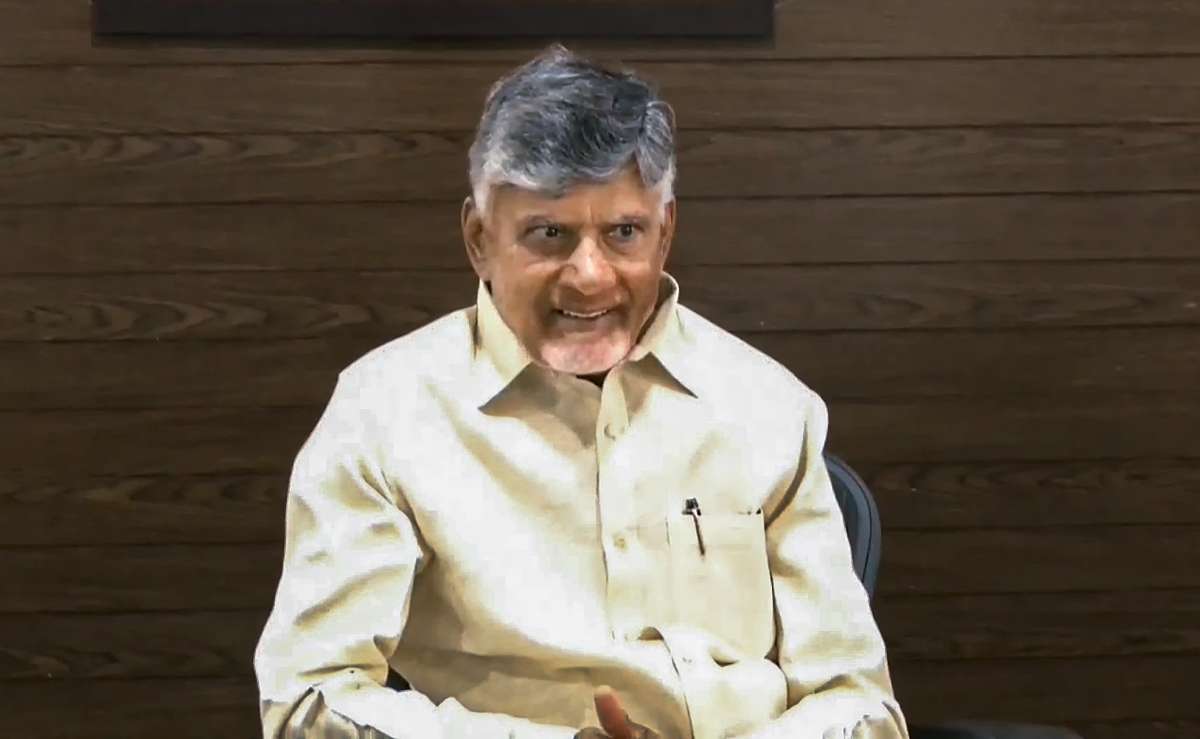Home / delhi / Delhi Chief Minister Atishi Officially Opens Punjabi Bagh Flyover, Projected to Save 1.8 Million Liters of Fuel Annually
Delhi Chief Minister Atishi Officially Opens Punjabi Bagh Flyover, Projected to Save 1.8 Million Liters of Fuel Annually
By: My India Times
5 minutes read 41Updated At: 2025-01-02
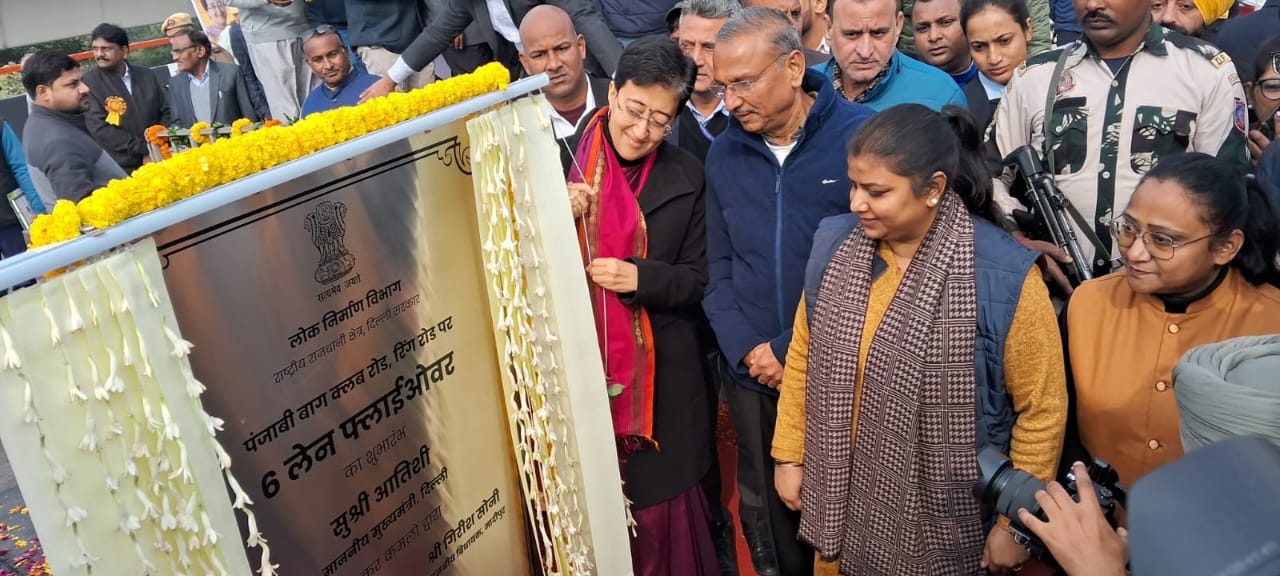
In a significant advancement for Delhi's transportation infrastructure, Chief Minister Atishi inaugurated the highly anticipated Punjabi Bagh Flyover on Thursday. This ceremony marked the completion of a crucial initiative designed to alleviate traffic congestion, encourage public transit use, and reduce fuel consumption. Atishi was accompanied by Delhi Assembly Deputy Speaker Rakhi Birlan and Moti Nagar MLA Shiv Charan Goel, celebrating the transformative benefits this flyover is expected to bring to West Delhi.Constructed under the West Delhi Integrated Transit Corridor Development, the flyover is projected to serve as a paradigm for sustainable urban mobility, addressing one of Delhi’s long-standing challenges—traffic congestion.
Mitigating Traffic Challenges
Spanning 1.1 kilometers, the Punjabi Bagh Flyover is engineered as a six-lane facility, providing an essential link for commuters in West Delhi. Constructed at an estimated cost of ₹352.32 crore, it features a total width of 23 meters, facilitating seamless vehicle movement across its length.This initiative has transformed the 18-kilometer Ring Road corridor between Dhaula Kuan and Azadpur into a signal-free route, significantly decreasing travel times and fuel consumption. Commuters can now traverse important locations such as Naraina, Mayapuri, Raja Garden, Punjabi Bagh, Moti Nagar, and Shalimar Bagh without interruption, offering a much-needed solution to the city's notorious traffic jams.
Environmental and Economic Advantages
A standout benefit of the Punjabi Bagh Flyover is its ability to save 1.8 million liters of fuel each year, resulting in both economic benefits for commuters and contributions to environmental sustainability. By minimizing vehicle idling and reducing traffic jams, the flyover also aims to decrease carbon emissions, reinforcing Delhi’s ongoing initiatives to address air pollution.Furthermore, improved traffic flow is anticipated to boost public transportation use, leading to enhanced reliability and efficiency of buses and other transit services. This transition could further lessen the number of private vehicles on the streets, fostering a cleaner and more sustainable urban environment.
Overcoming Obstacles
The construction of the flyover was not without its challenges. Initially scheduled for completion by November 2024, the project encountered delays due to the implementation of Graded Response Action Plan (GRAP-4) measures aimed at addressing escalating pollution levels in Delhi.Despite these setbacks, the project was successfully completed in December 2024, just a month behind schedule. This timely completion reflects the determination and efficient coordination of Delhi’s administrative and engineering teams.
Key Features and Design
The Punjabi Bagh Flyover is a testament to modern engineering, tailored to meet the growing demands of Delhi’s traffic.
Length: 1.1 kilometers
Width: 23 meters (11.5 meters on each side)
Capacity: Six lanes, accommodating up to six cars in each direction
Cost: ₹352.32 crore
Its strategic location ensures connectivity across critical junctions, enabling vehicles to bypass congested intersections and facilitating smoother commutes for both local residents and long-distance travelers.
Benefits for West Delhi
The inauguration of the Punjabi Bagh Flyover brings multiple advantages for residents and businesses in West Delhi:
1. Reduced Congestion: By diverting traffic away from crowded intersections, the flyover alleviates pressure on local roads.
2. Time Efficiency: Signal-free travel between Dhaula Kuan and Azadpur means faster commutes for daily travelers.
3. Cost Savings: Reduced idling and smoother traffic translate to lower fuel consumption, offering economic relief to drivers.
4. Improved Safety: Enhanced road design and lane markings minimize the risk of accidents.
5. Boost to Local Economy: Easier access to Punjabi Bagh and surrounding areas is expected to increase footfall for local businesses.
Addressing Long-Term Challenges
While the Punjabi Bagh Flyover is a significant milestone, it also highlights the complexities of balancing urban development with environmental conservation. The delays caused by GRAP-4 underscore the need for proactive planning and the incorporation of contingency measures in future infrastructure projects.Moreover, Delhi’s transport network must continue to evolve to accommodate its rapidly growing population. With vehicle numbers rising every year, the city requires a comprehensive approach that integrates flyovers, public transport enhancements, and non-motorized transport options.
CM Atishi’s Vision
During the inauguration ceremony, Chief Minister Atishi reaffirmed her government’s commitment to building a more efficient, sustainable, and people-centric transport system. She emphasized the importance of reducing vehicular dependence by encouraging public transport and carpooling.Atishi also highlighted the broader vision of the Delhi government, which includes developing integrated transit corridors and investing in eco-friendly infrastructure to address the twin challenges of congestion and pollution.
Local Impact and Public Response
The Punjabi Bagh Flyover has been welcomed by residents and commuters alike, who see it as a long-awaited solution to the area’s traffic woes. Local businesses are optimistic about the increased accessibility, which is likely to boost customer footfall and streamline deliveries.Residents also appreciate the reduced noise and air pollution that come with less congested roads, enhancing the overall quality of life in Punjabi Bagh and its surroundings.
A Roadmap for the Future
The successful completion of the Punjabi Bagh Flyover sets a benchmark for upcoming infrastructure projects in Delhi. Key lessons from this project, particularly the importance of balancing development with environmental considerations, will inform the planning and execution of future initiatives.In addition to flyovers, the government is focusing on expanding metro networks, improving bus services, and encouraging green mobility solutions like cycling and pedestrian-friendly zones. Together, these efforts aim to create a city that is not only better connected but also more livable and sustainable.
....In a significant advancement for Delhi's transportation infrastructure, Chief Minister Atishi inaugurated the highly anticipated Punjabi Bagh Flyover on Thursday. This ceremony marked the completion of a crucial initiative designed to alleviate traffic congestion, encourage public transit use, and reduce fuel consumption. Atishi was accompanied by Delhi Assembly Deputy Speaker Rakhi Birlan and Moti Nagar MLA Shiv Charan Goel, celebrating the transformative benefits this flyover is expected to bring to West Delhi.Constructed under the West Delhi Integrated Transit Corridor Development, the flyover is projected to serve as a paradigm for sustainable urban mobility, addressing one of Delhi’s long-standing challenges—traffic congestion.
Mitigating Traffic Challenges
Spanning 1.1 kilometers, the Punjabi Bagh Flyover is engineered as a six-lane facility, providing an essential link for commuters in West Delhi. Constructed at an estimated cost of ₹352.32 crore, it features a total width of 23 meters, facilitating seamless vehicle movement across its length.This initiative has transformed the 18-kilometer Ring Road corridor between Dhaula Kuan and Azadpur into a signal-free route, significantly decreasing travel times and fuel consumption. Commuters can now traverse important locations such as Naraina, Mayapuri, Raja Garden, Punjabi Bagh, Moti Nagar, and Shalimar Bagh without interruption, offering a much-needed solution to the city's notorious traffic jams.
Environmental and Economic Advantages
A standout benefit of the Punjabi Bagh Flyover is its ability to save 1.8 million liters of fuel each year, resulting in both economic benefits for commuters and contributions to environmental sustainability. By minimizing vehicle idling and reducing traffic jams, the flyover also aims to decrease carbon emissions, reinforcing Delhi’s ongoing initiatives to address air pollution.Furthermore, improved traffic flow is anticipated to boost public transportation use, leading to enhanced reliability and efficiency of buses and other transit services. This transition could further lessen the number of private vehicles on the streets, fostering a cleaner and more sustainable urban environment.
Overcoming Obstacles
The construction of the flyover was not without its challenges. Initially scheduled for completion by November 2024, the project encountered delays due to the implementation of Graded Response Action Plan (GRAP-4) measures aimed at addressing escalating pollution levels in Delhi.Despite these setbacks, the project was successfully completed in December 2024, just a month behind schedule. This timely completion reflects the determination and efficient coordination of Delhi’s administrative and engineering teams.
Key Features and Design
The Punjabi Bagh Flyover is a testament to modern engineering, tailored to meet the growing demands of Delhi’s traffic.
Length: 1.1 kilometers
Width: 23 meters (11.5 meters on each side)
Capacity: Six lanes, accommodating up to six cars in each direction
Cost: ₹352.32 crore
Its strategic location ensures connectivity across critical junctions, enabling vehicles to bypass congested intersections and facilitating smoother commutes for both local residents and long-distance travelers.
Benefits for West Delhi
The inauguration of the Punjabi Bagh Flyover brings multiple advantages for residents and businesses in West Delhi:
1. Reduced Congestion: By diverting traffic away from crowded intersections, the flyover alleviates pressure on local roads.
2. Time Efficiency: Signal-free travel between Dhaula Kuan and Azadpur means faster commutes for daily travelers.
3. Cost Savings: Reduced idling and smoother traffic translate to lower fuel consumption, offering economic relief to drivers.
4. Improved Safety: Enhanced road design and lane markings minimize the risk of accidents.
5. Boost to Local Economy: Easier access to Punjabi Bagh and surrounding areas is expected to increase footfall for local businesses.
Addressing Long-Term Challenges
While the Punjabi Bagh Flyover is a significant milestone, it also highlights the complexities of balancing urban development with environmental conservation. The delays caused by GRAP-4 underscore the need for proactive planning and the incorporation of contingency measures in future infrastructure projects.Moreover, Delhi’s transport network must continue to evolve to accommodate its rapidly growing population. With vehicle numbers rising every year, the city requires a comprehensive approach that integrates flyovers, public transport enhancements, and non-motorized transport options.
CM Atishi’s Vision
During the inauguration ceremony, Chief Minister Atishi reaffirmed her government’s commitment to building a more efficient, sustainable, and people-centric transport system. She emphasized the importance of reducing vehicular dependence by encouraging public transport and carpooling.Atishi also highlighted the broader vision of the Delhi government, which includes developing integrated transit corridors and investing in eco-friendly infrastructure to address the twin challenges of congestion and pollution.
Local Impact and Public Response
The Punjabi Bagh Flyover has been welcomed by residents and commuters alike, who see it as a long-awaited solution to the area’s traffic woes. Local businesses are optimistic about the increased accessibility, which is likely to boost customer footfall and streamline deliveries.Residents also appreciate the reduced noise and air pollution that come with less congested roads, enhancing the overall quality of life in Punjabi Bagh and its surroundings.
A Roadmap for the Future
The successful completion of the Punjabi Bagh Flyover sets a benchmark for upcoming infrastructure projects in Delhi. Key lessons from this project, particularly the importance of balancing development with environmental considerations, will inform the planning and execution of future initiatives.In addition to flyovers, the government is focusing on expanding metro networks, improving bus services, and encouraging green mobility solutions like cycling and pedestrian-friendly zones. Together, these efforts aim to create a city that is not only better connected but also more livable and sustainable.
By: My India Times
Updated At: 2025-01-02
Tags: delhi News | My India Times News | Trending News | Travel News
Join our WhatsApp Channel




.webp)





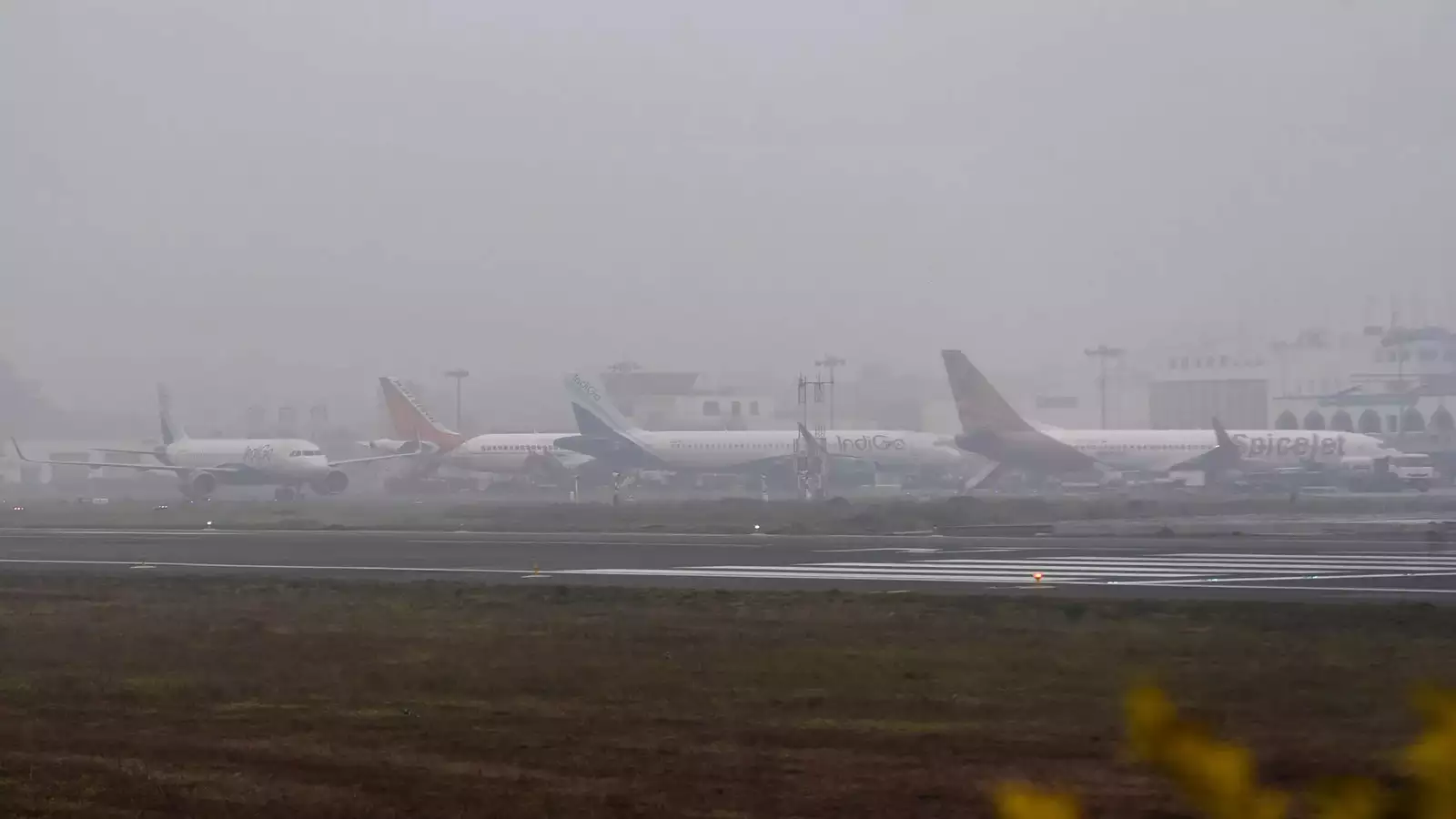
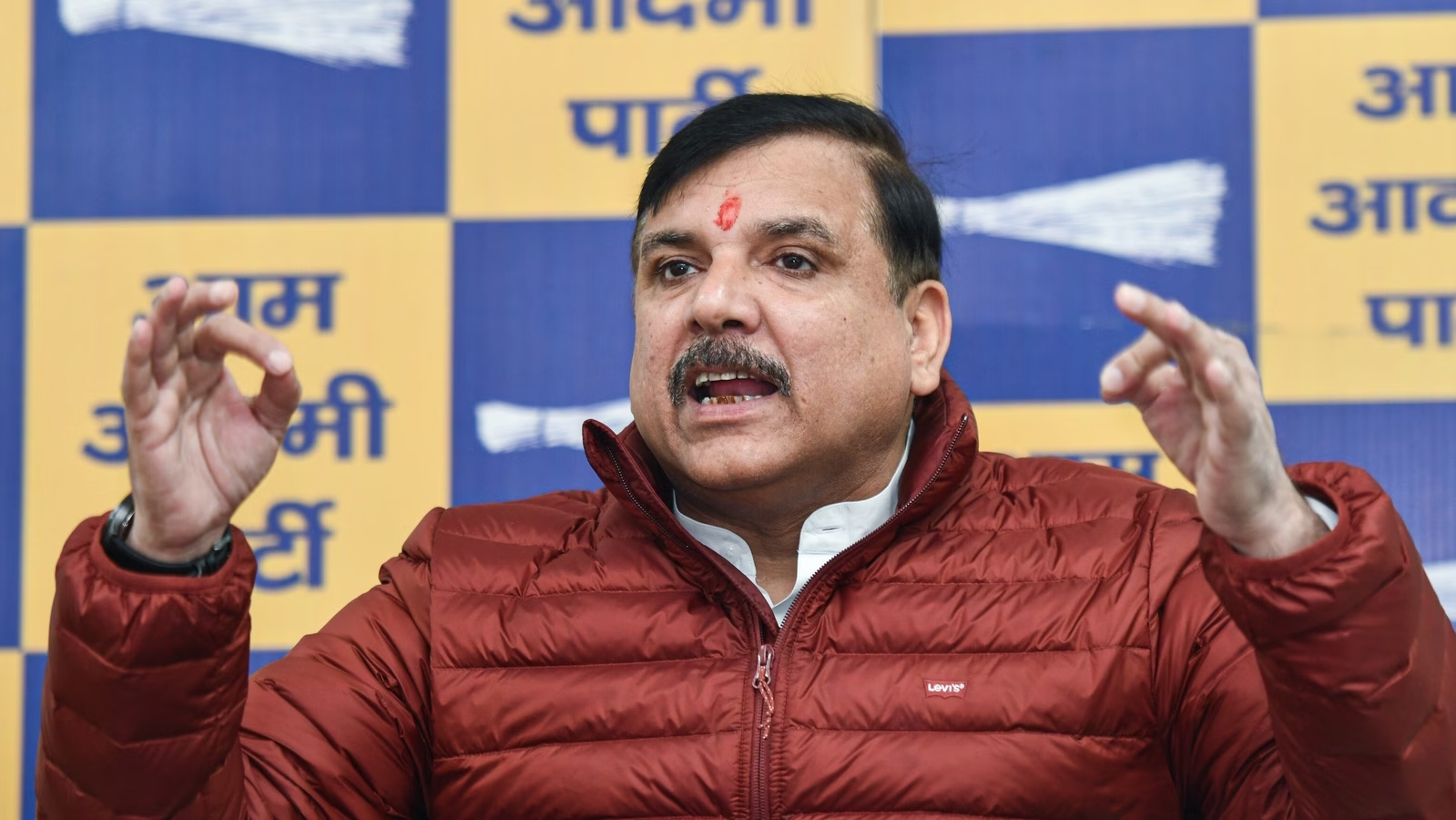

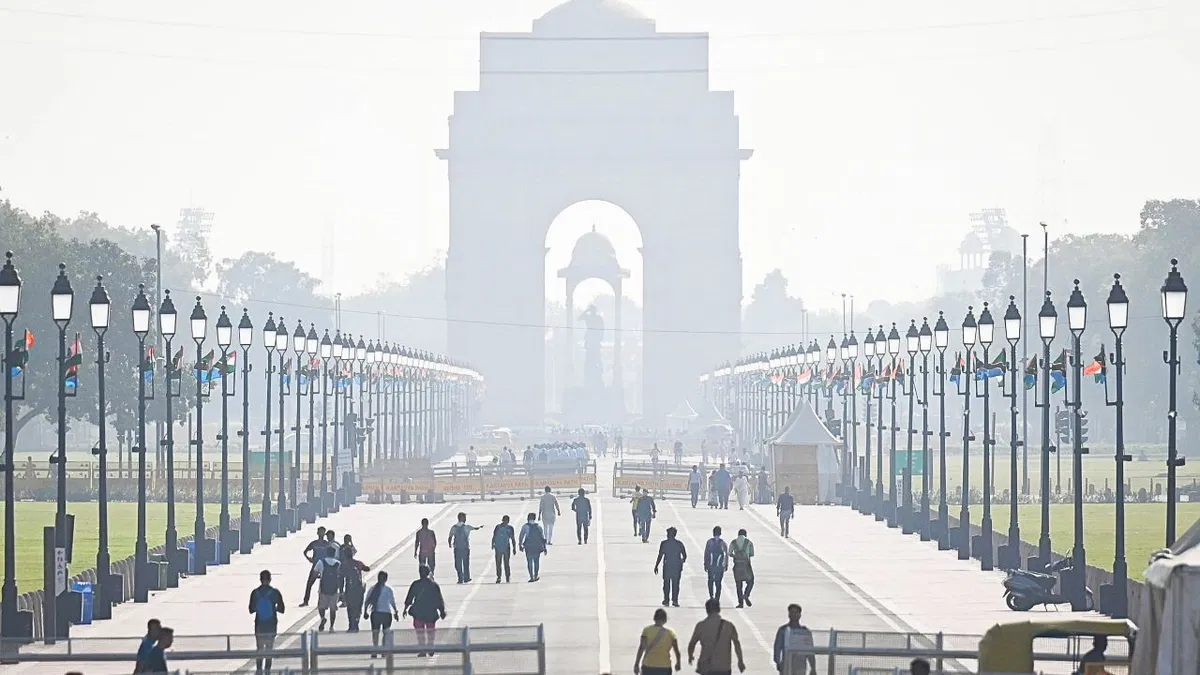
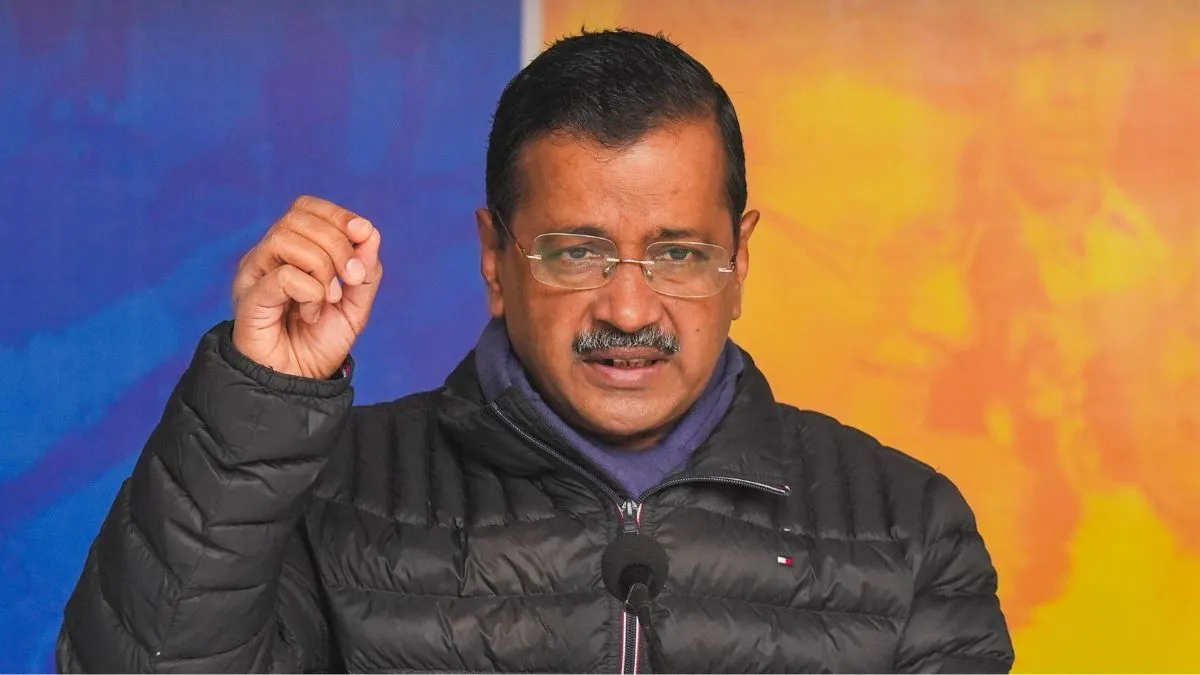

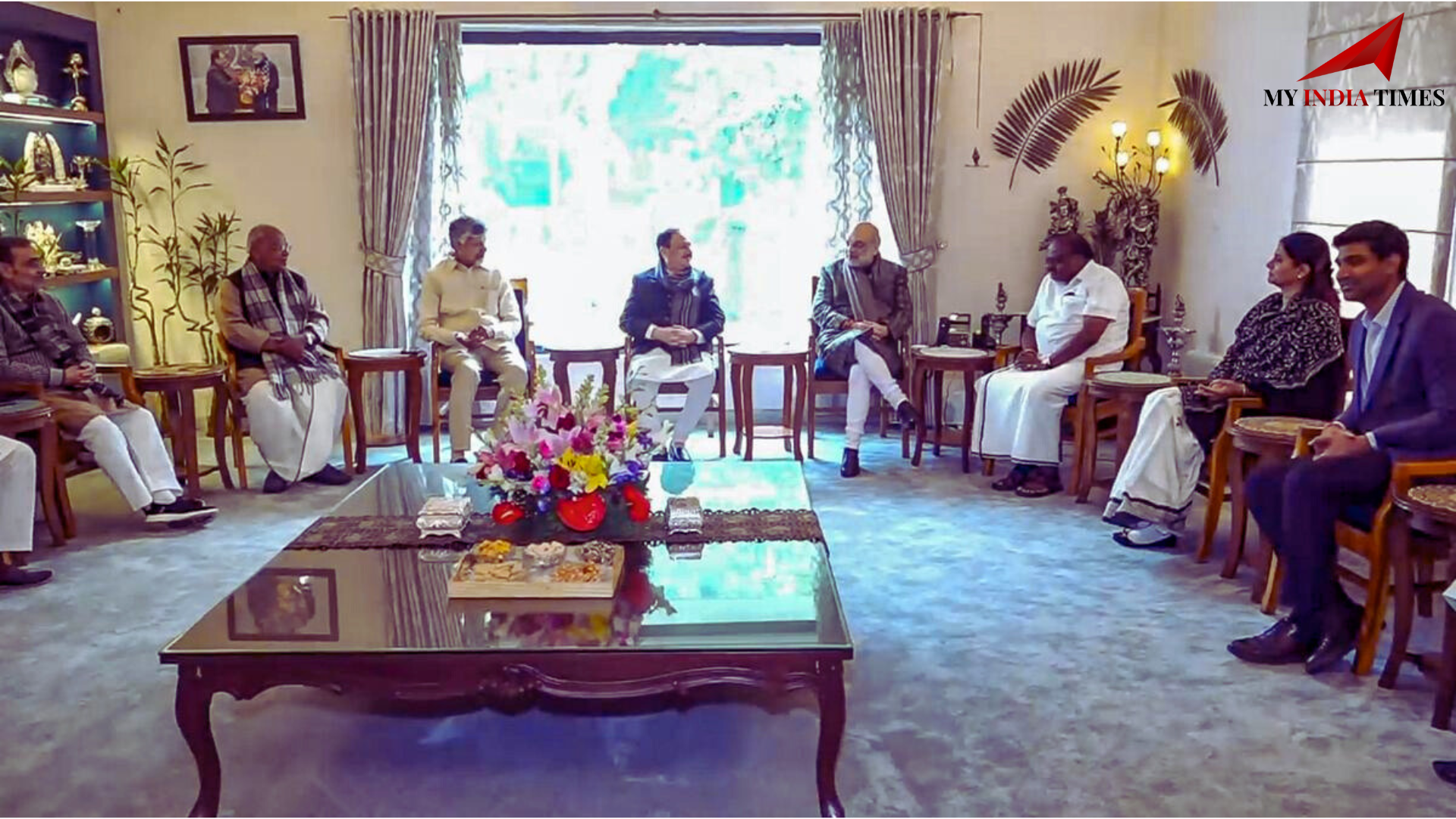


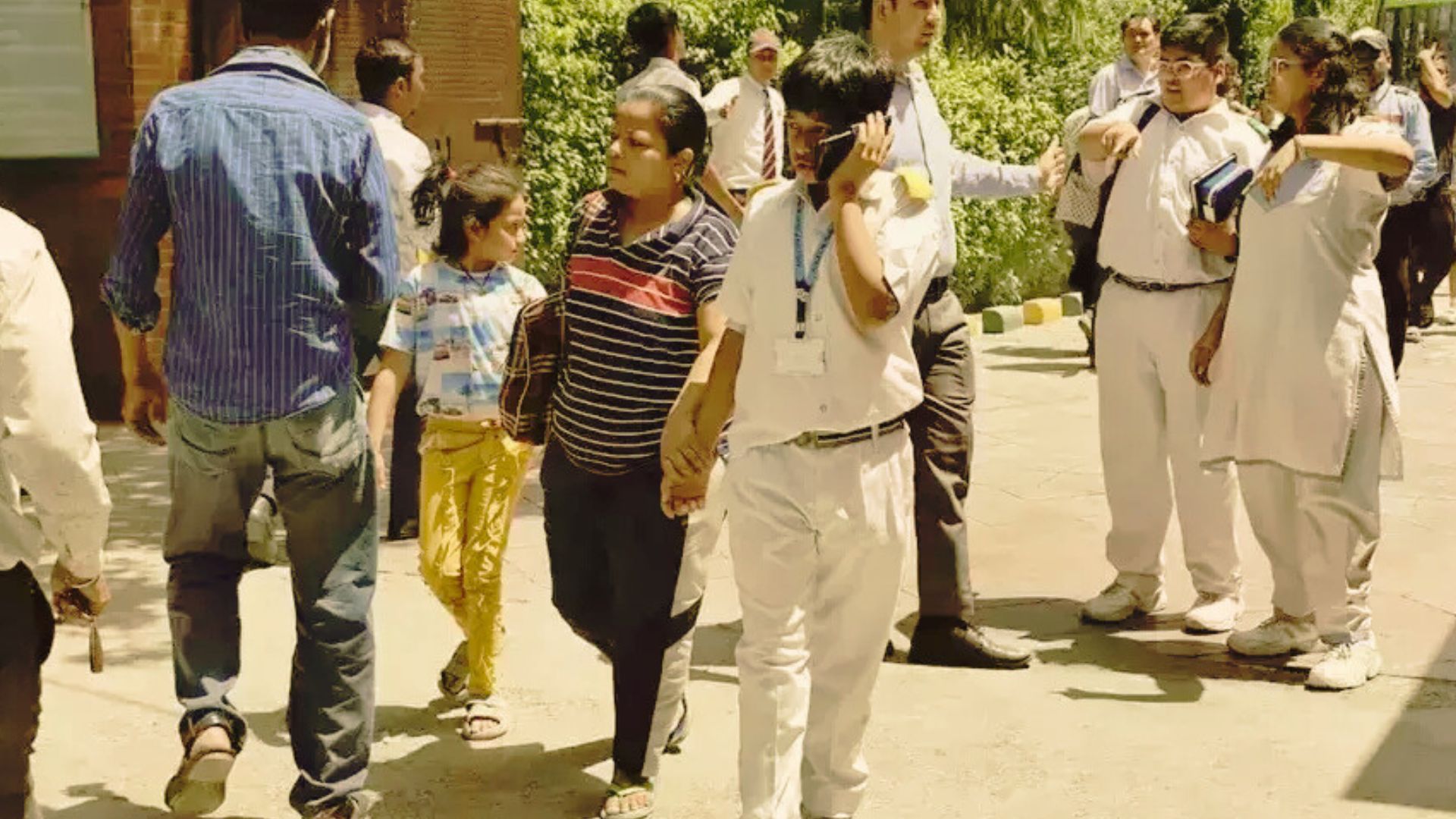
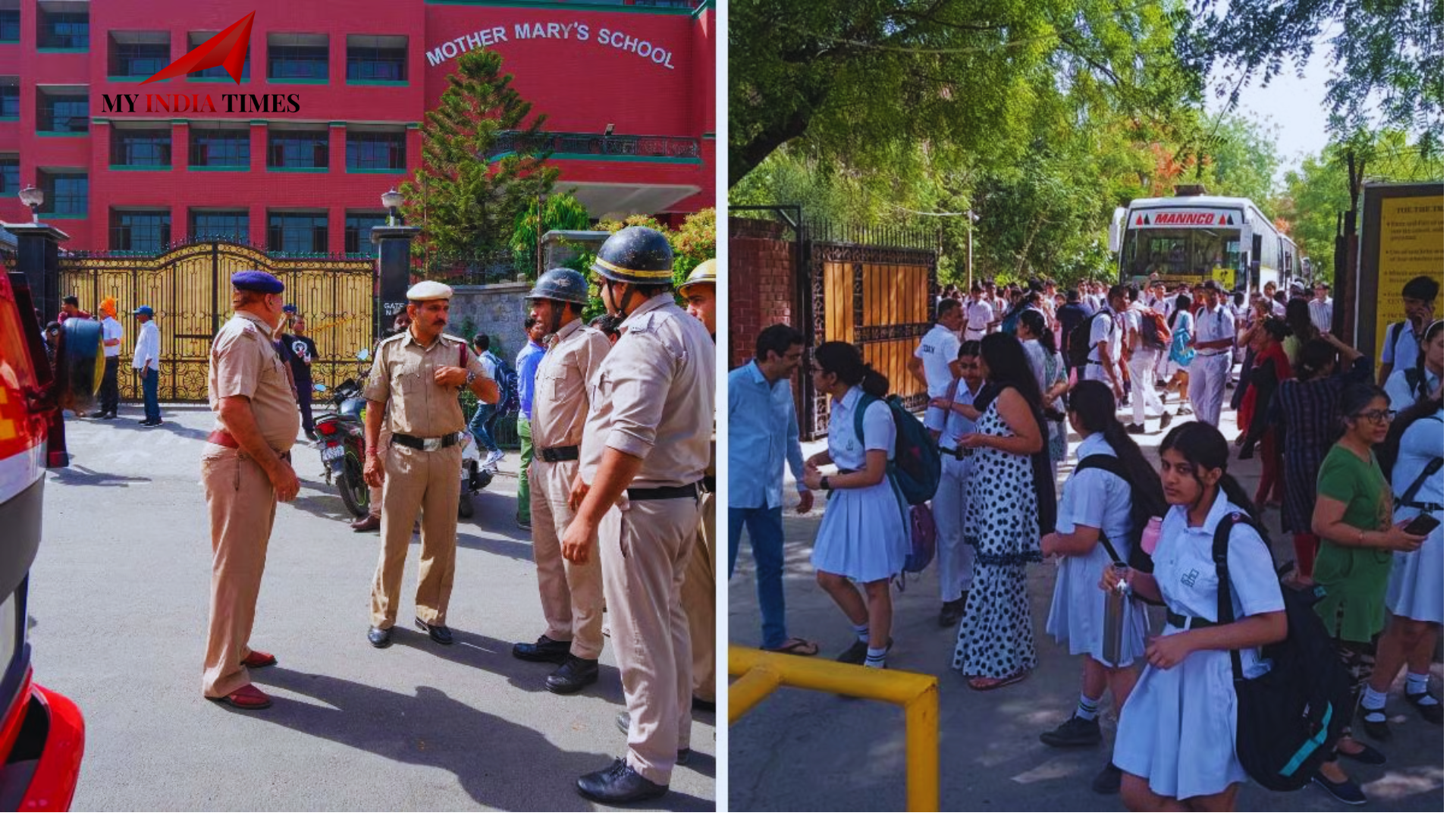

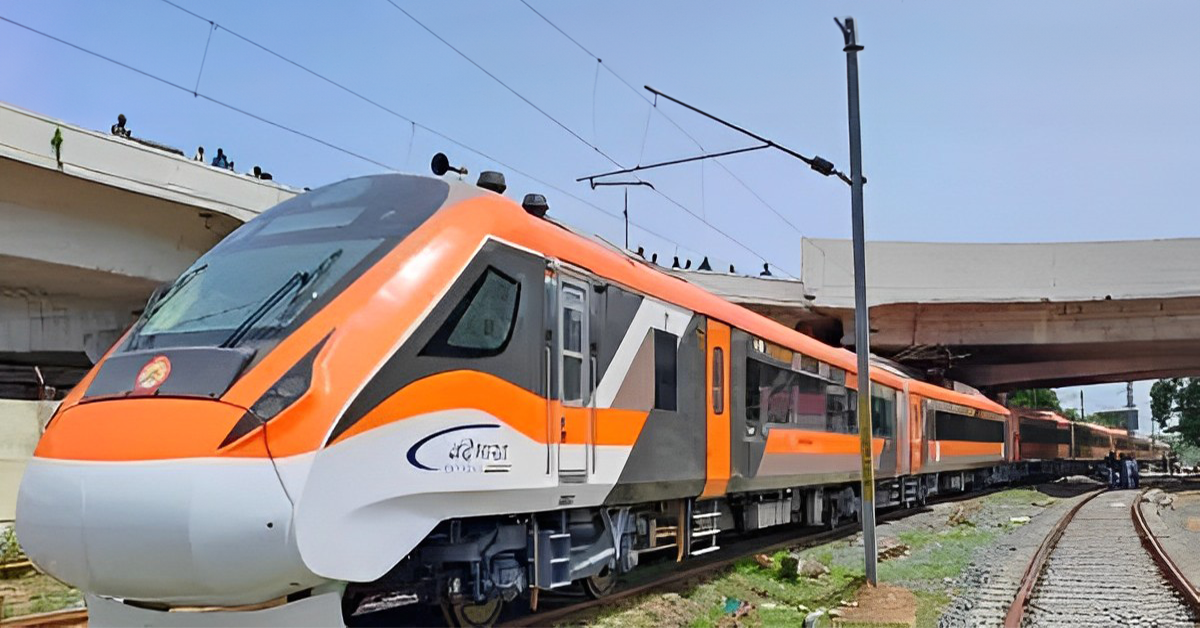
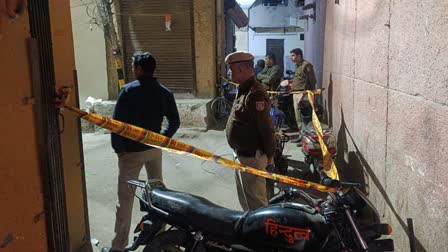

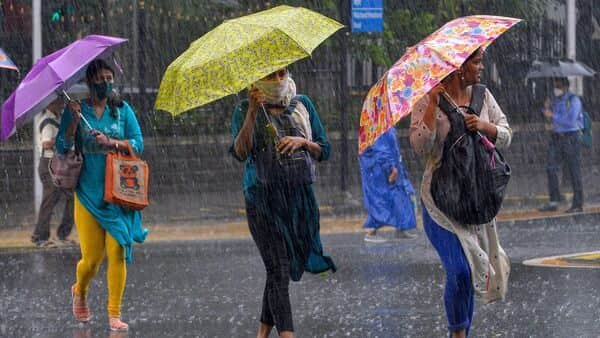

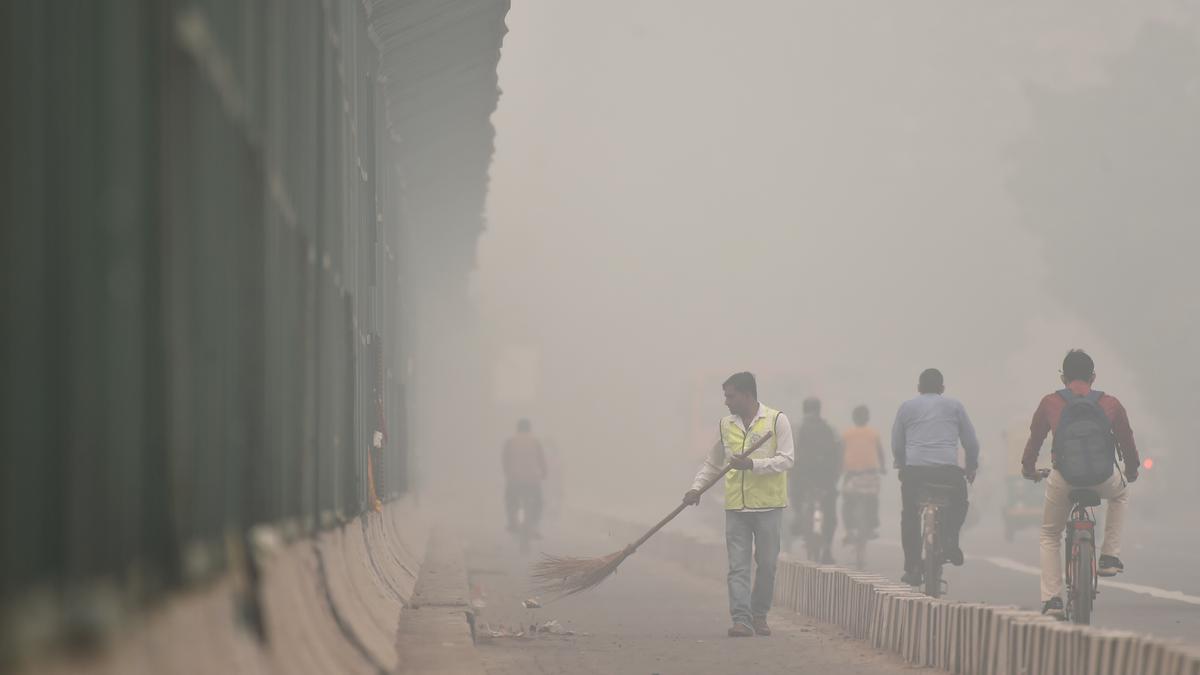



















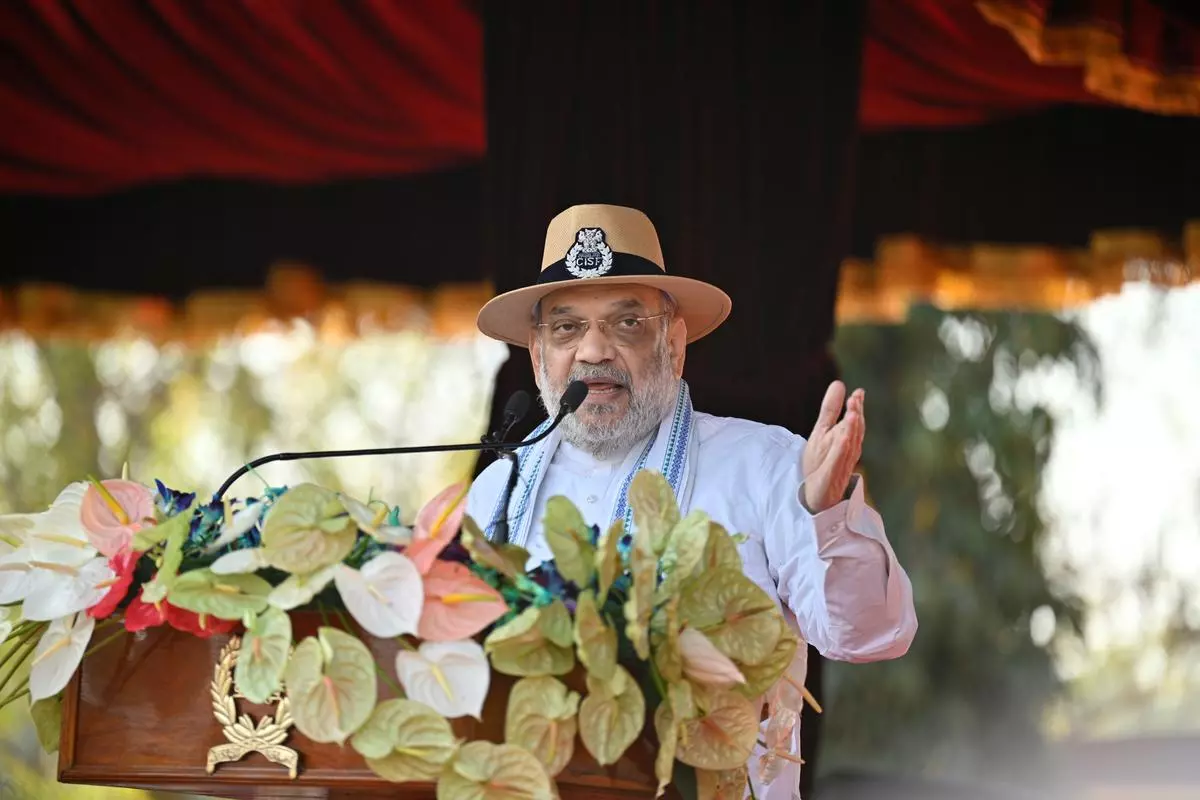





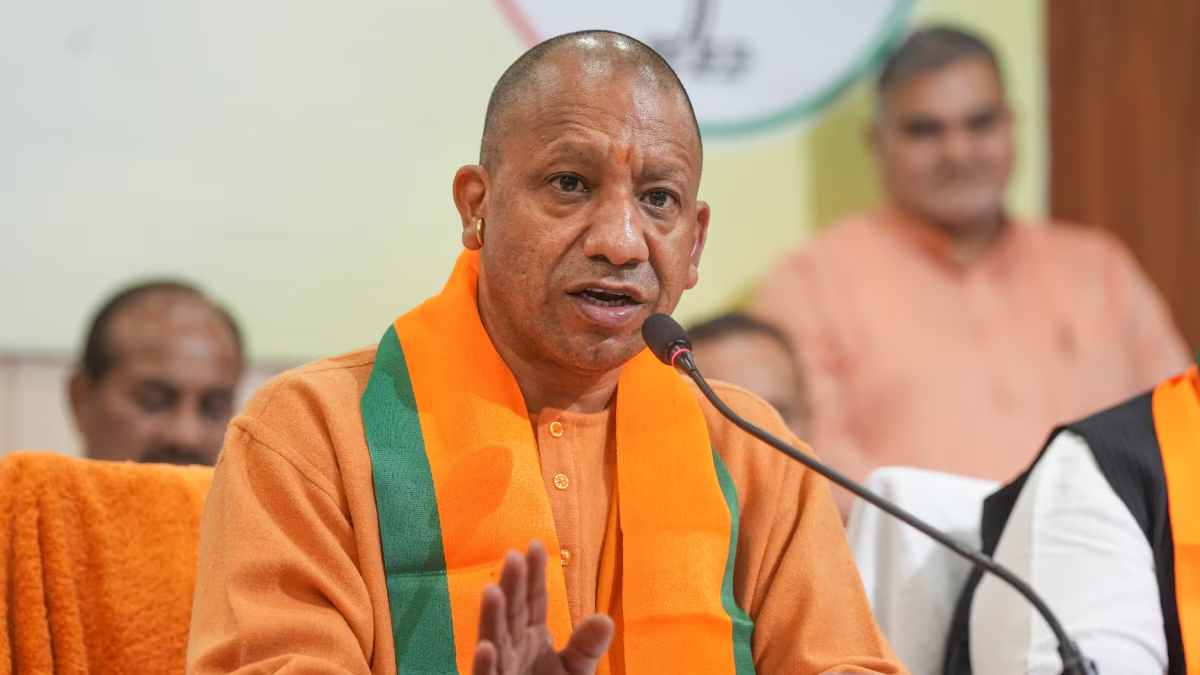
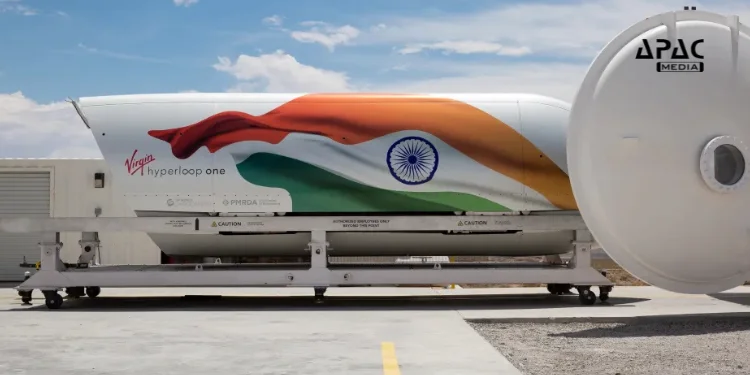



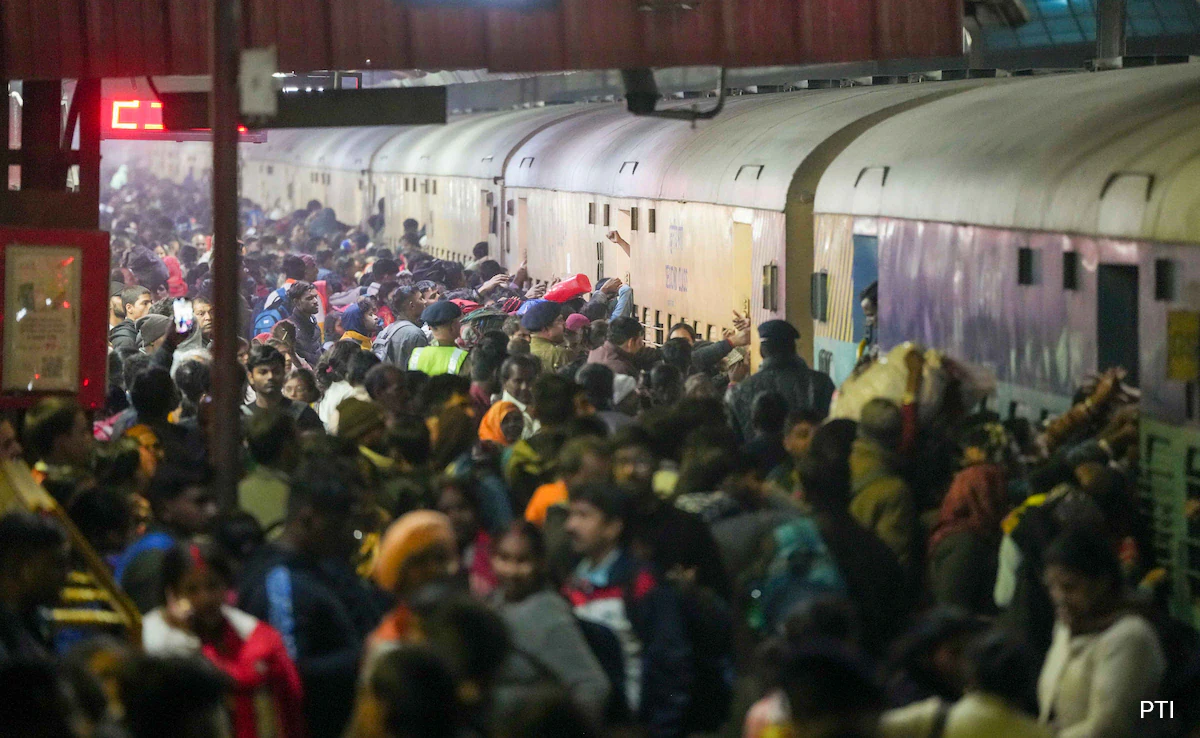





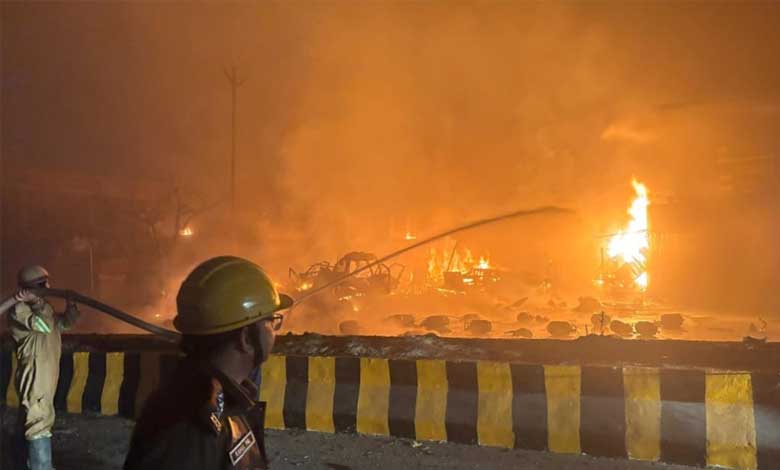



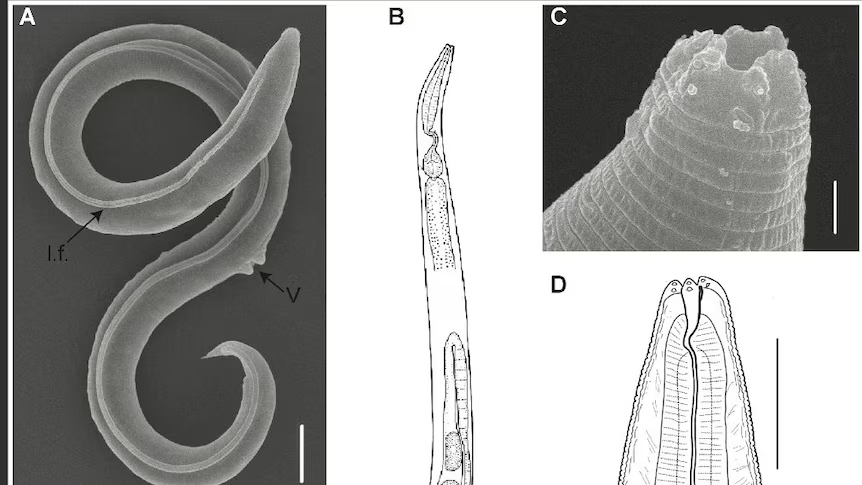
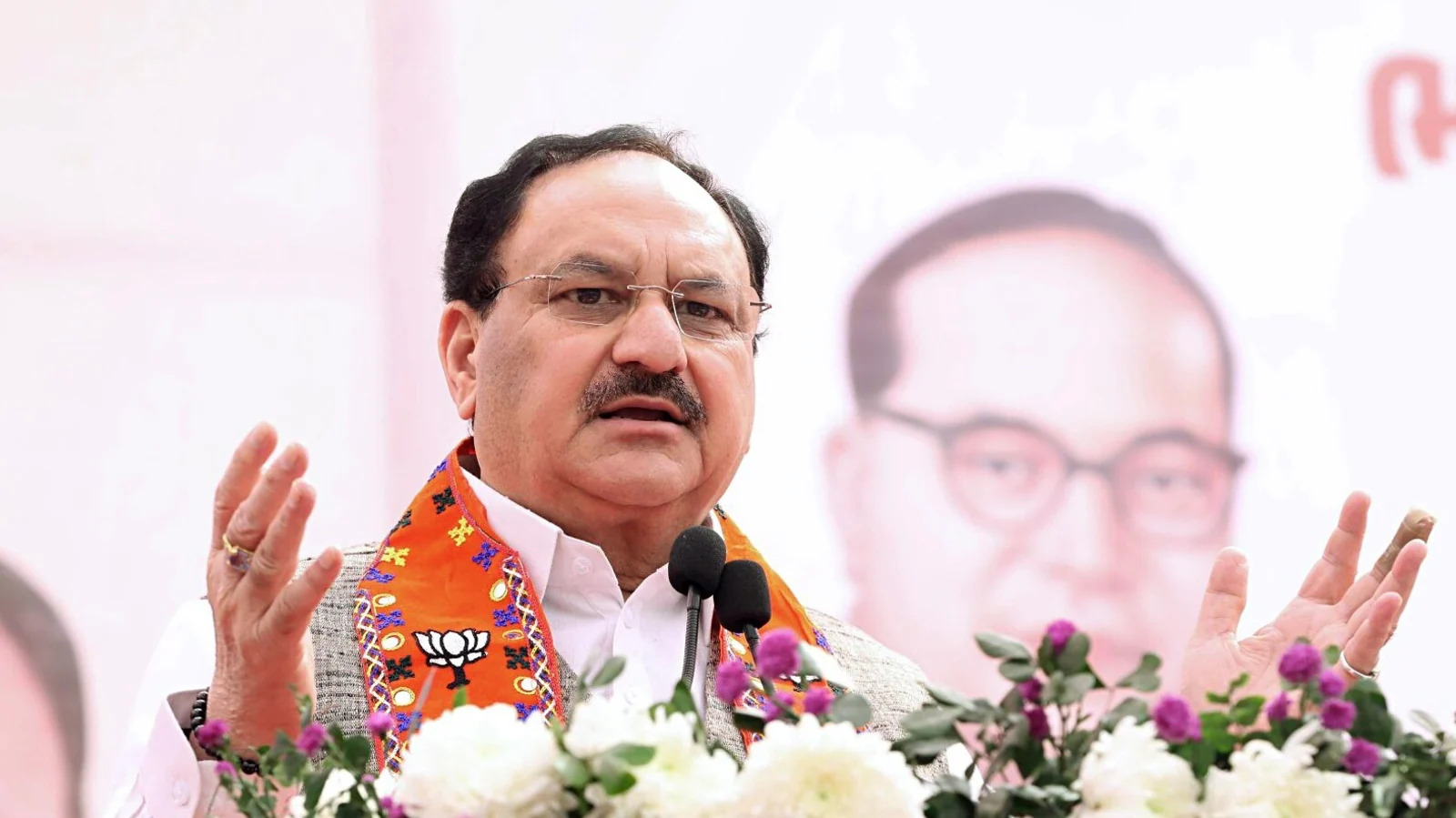



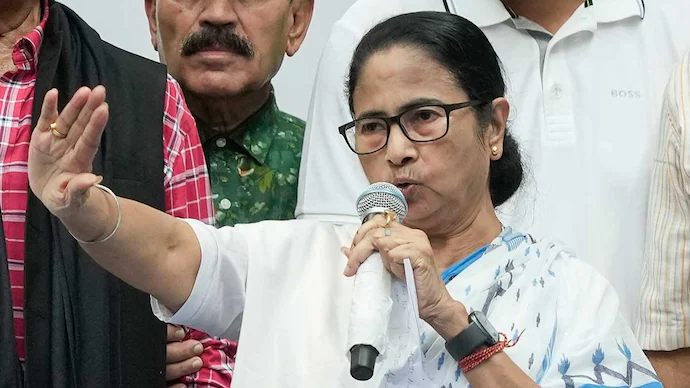


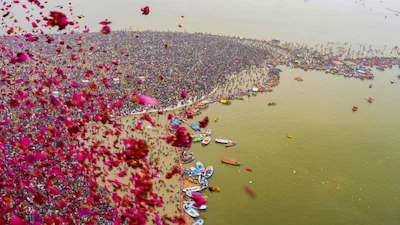



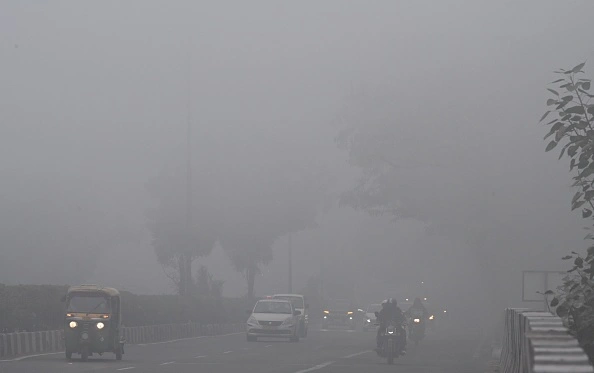

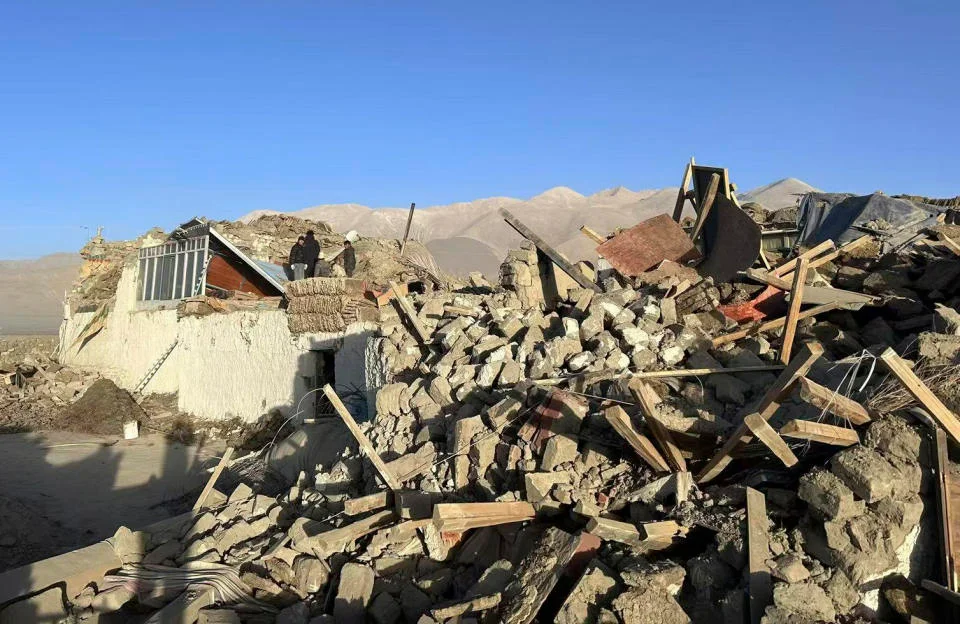




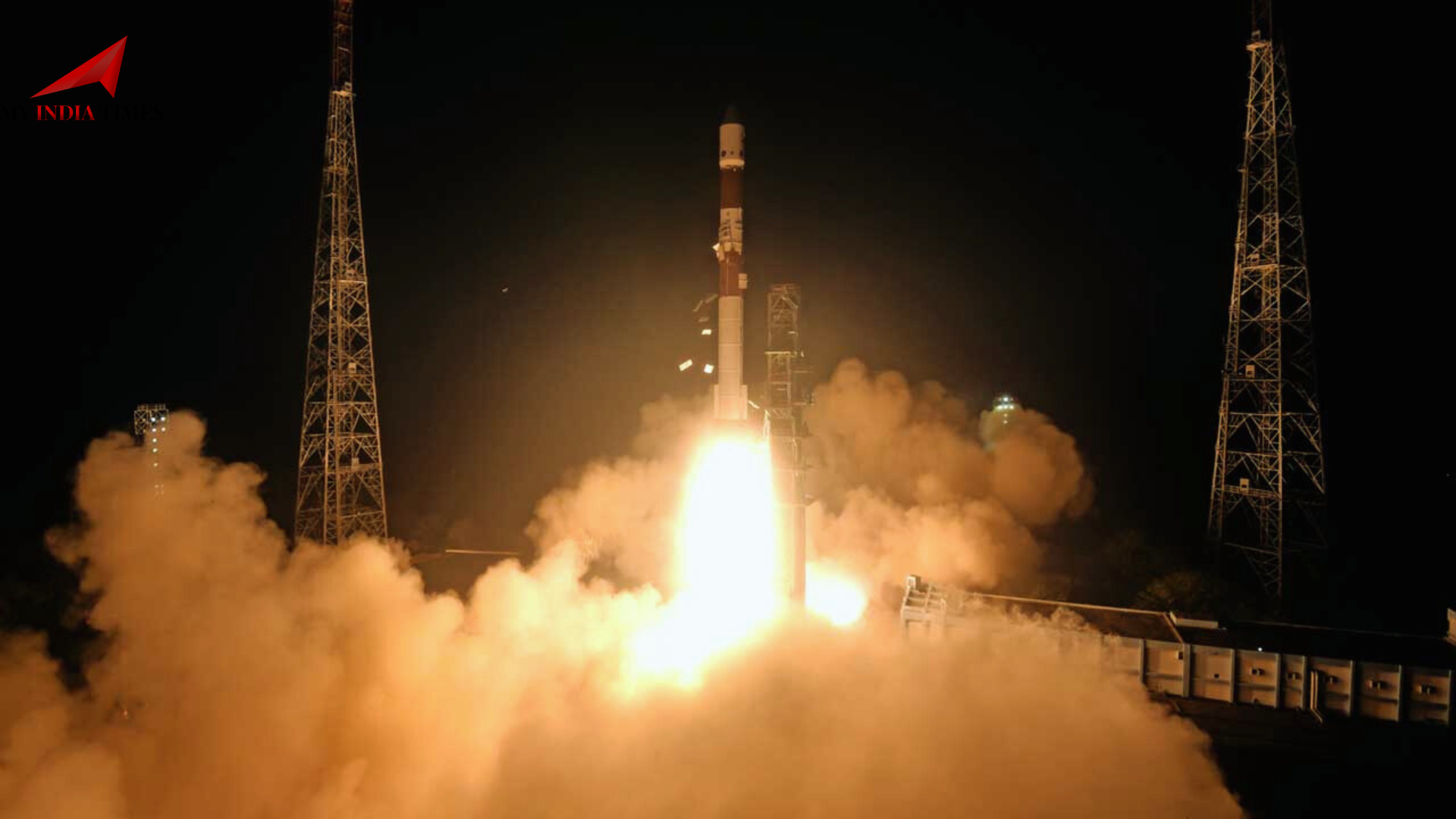
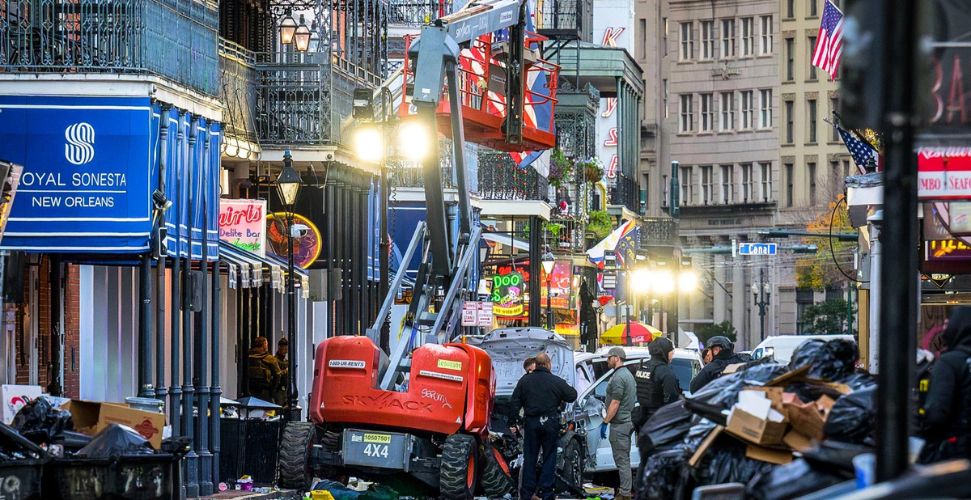





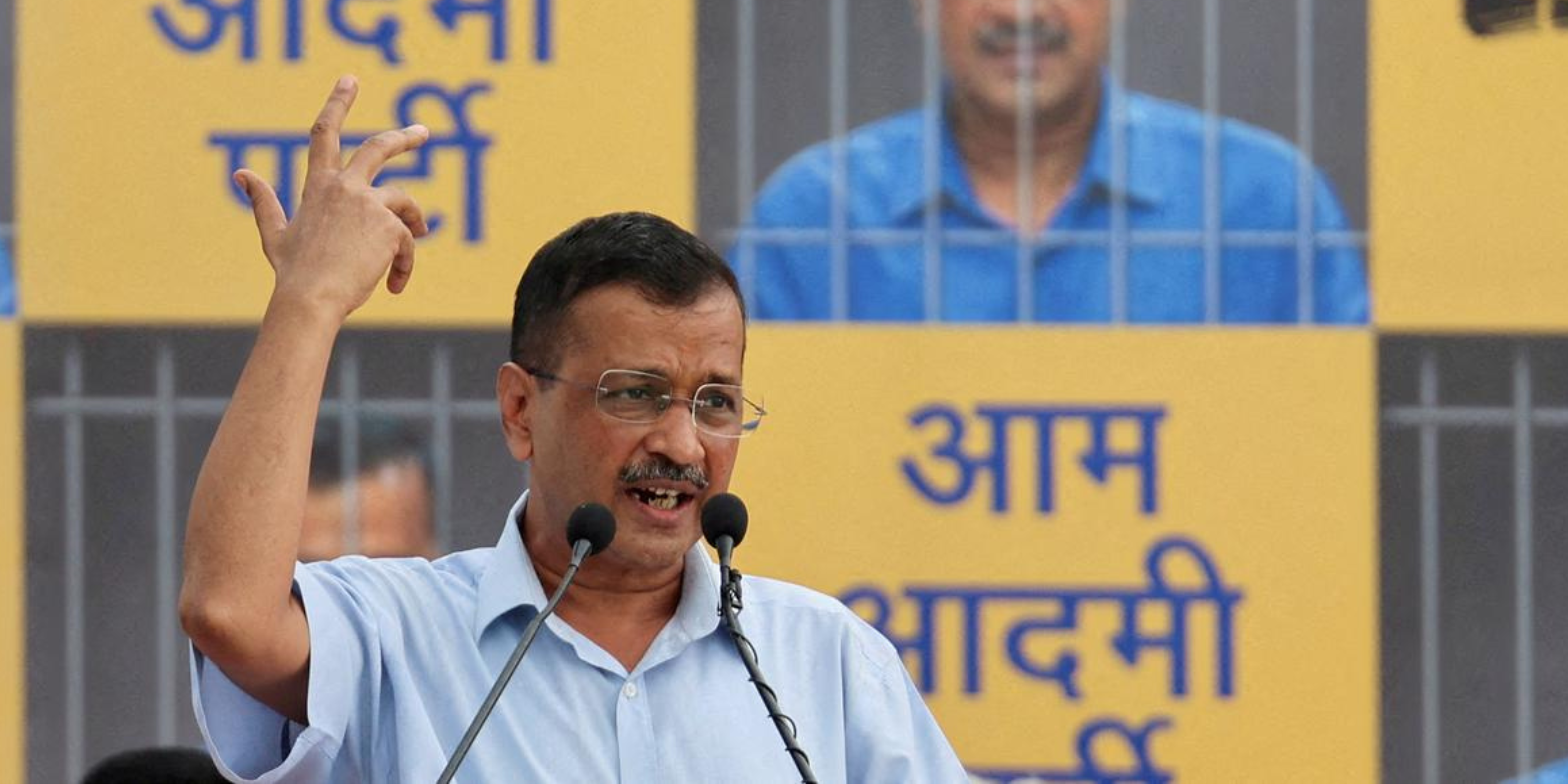

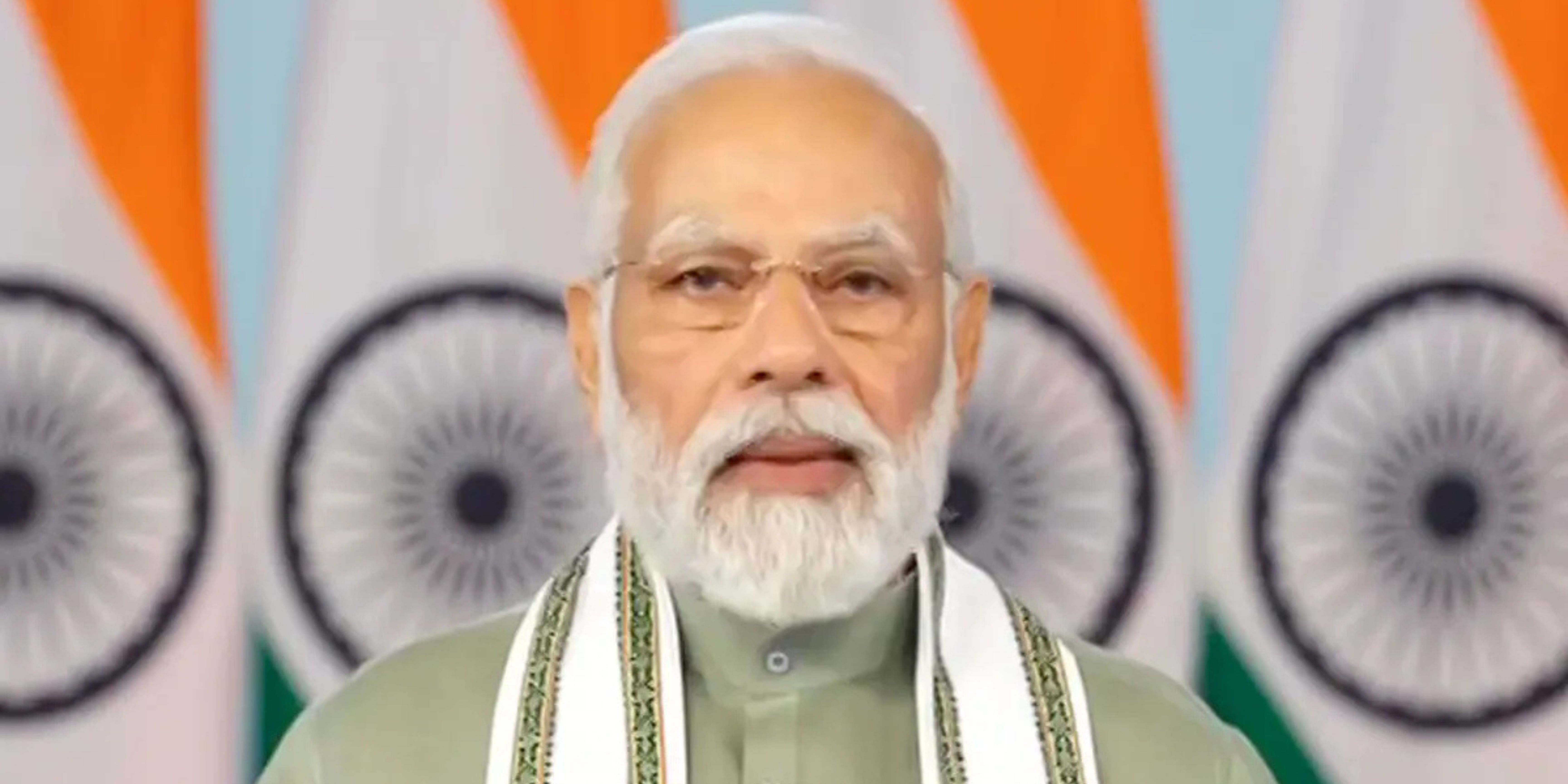





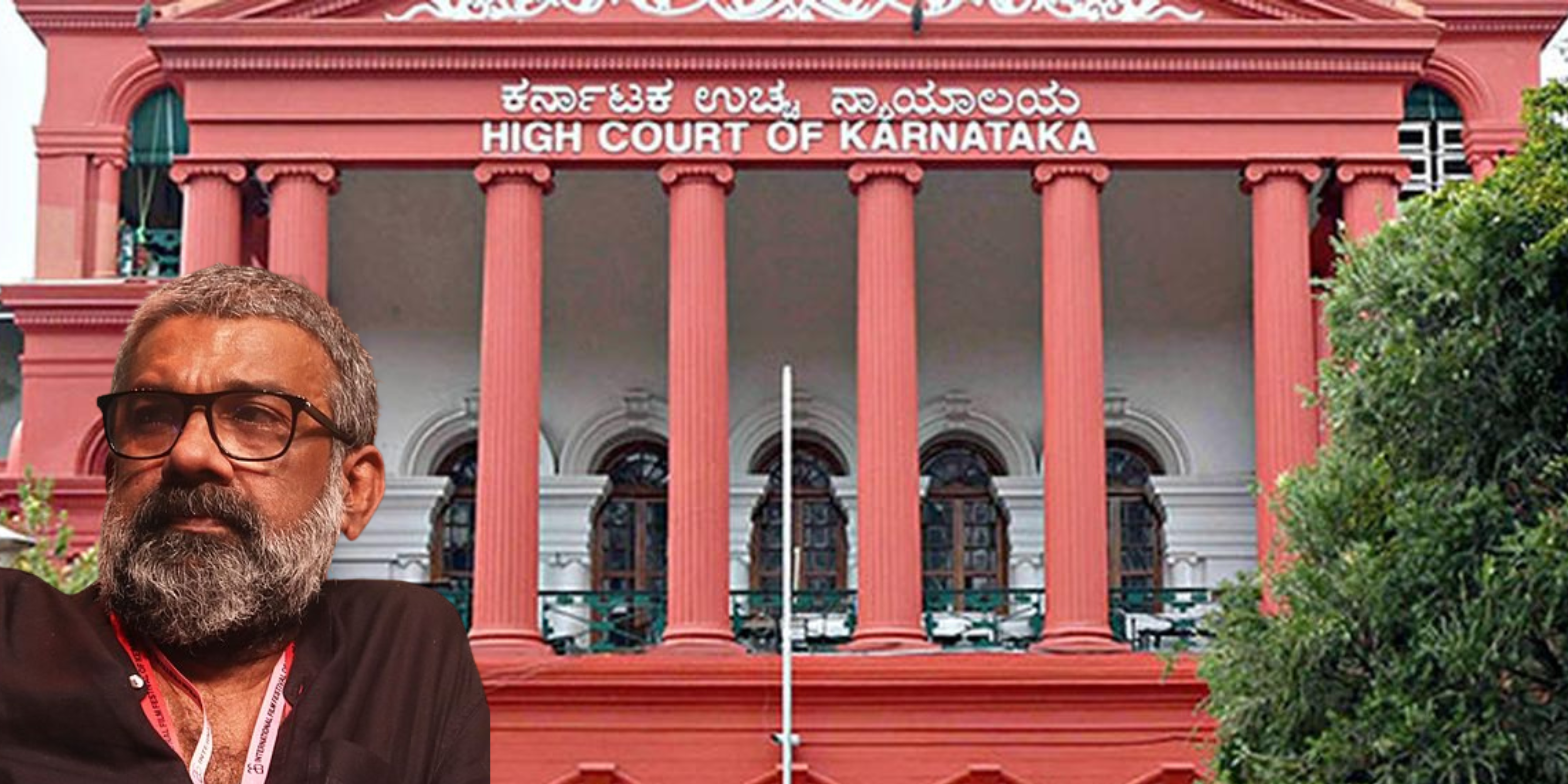
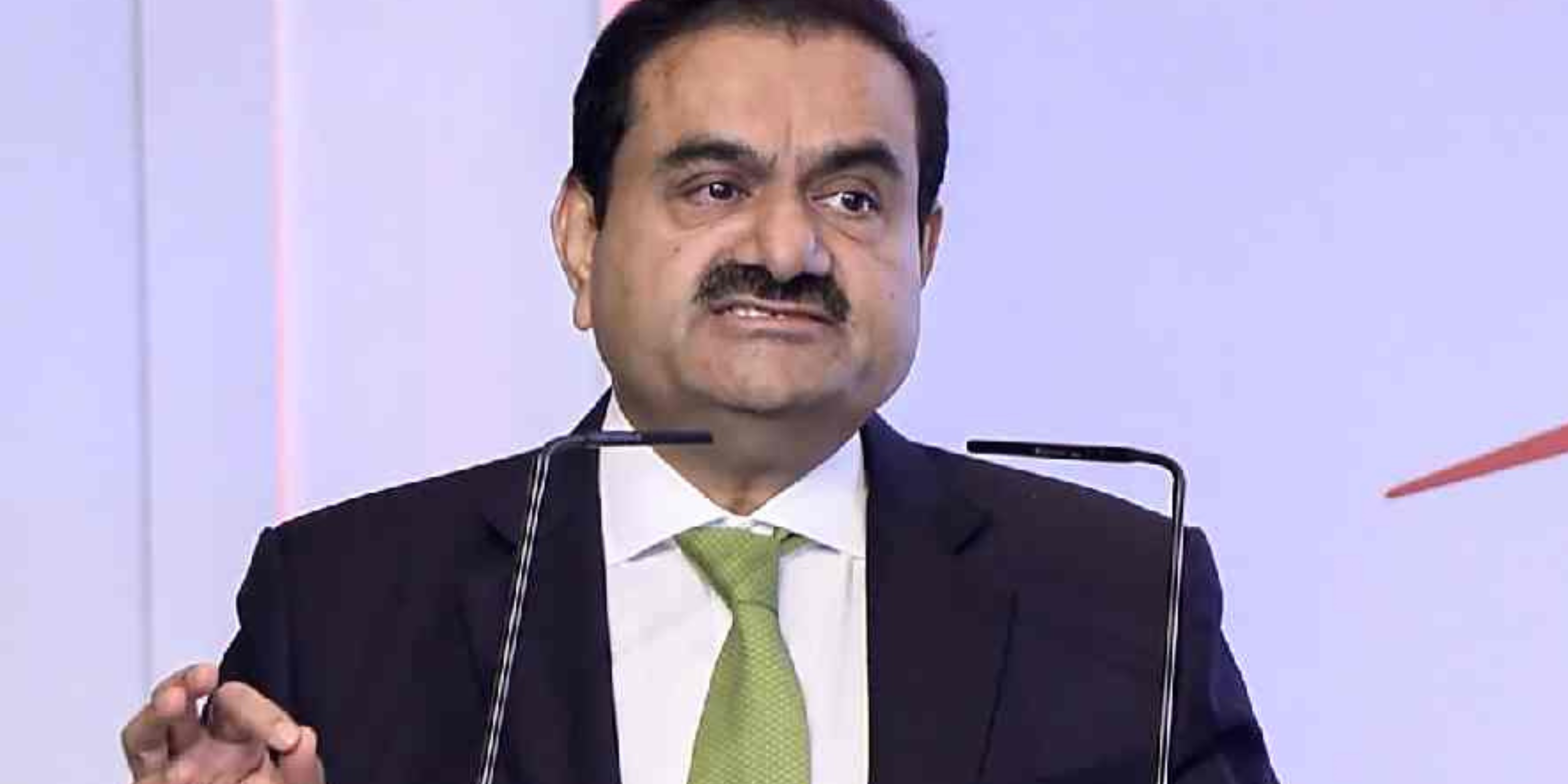

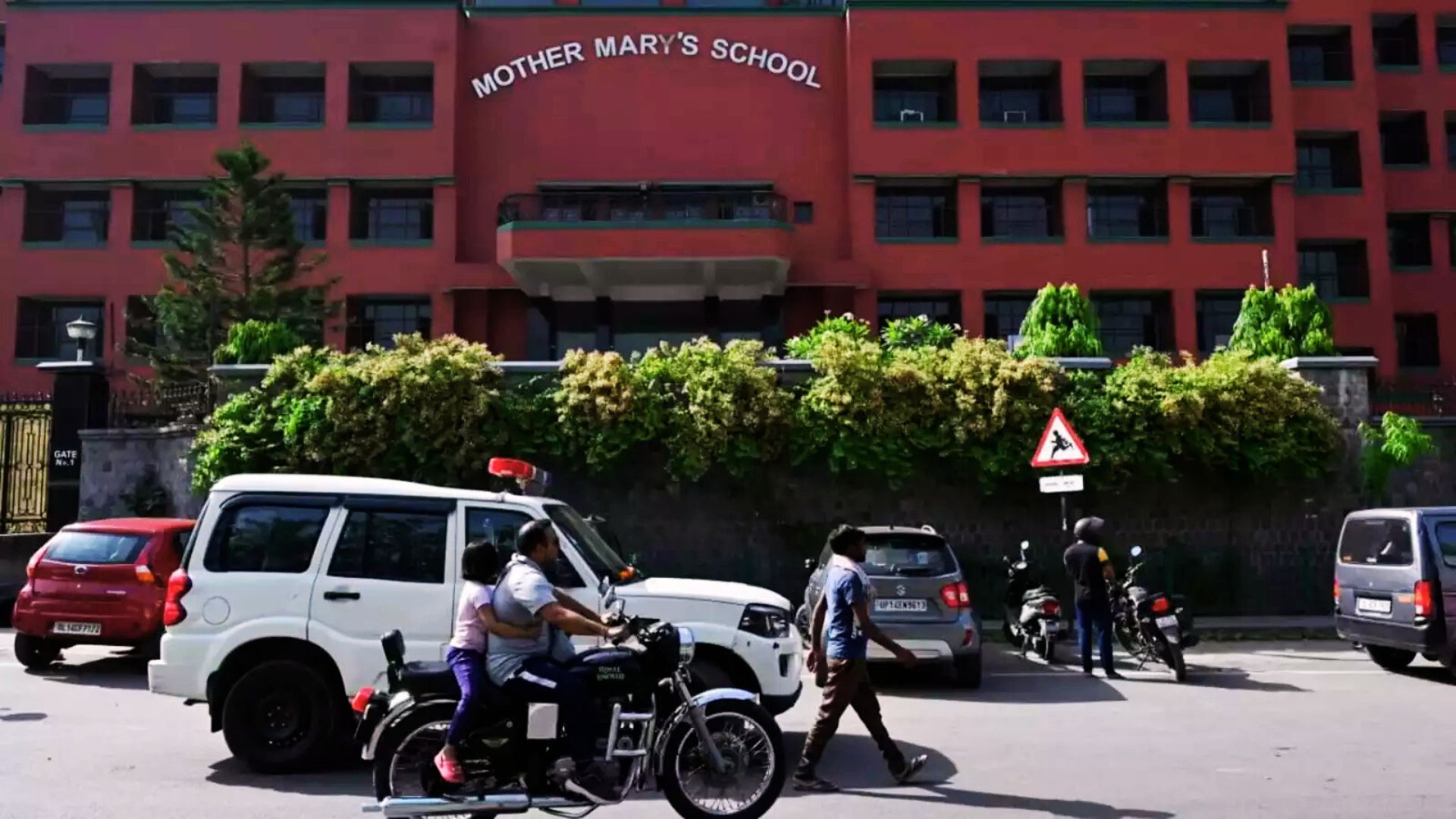

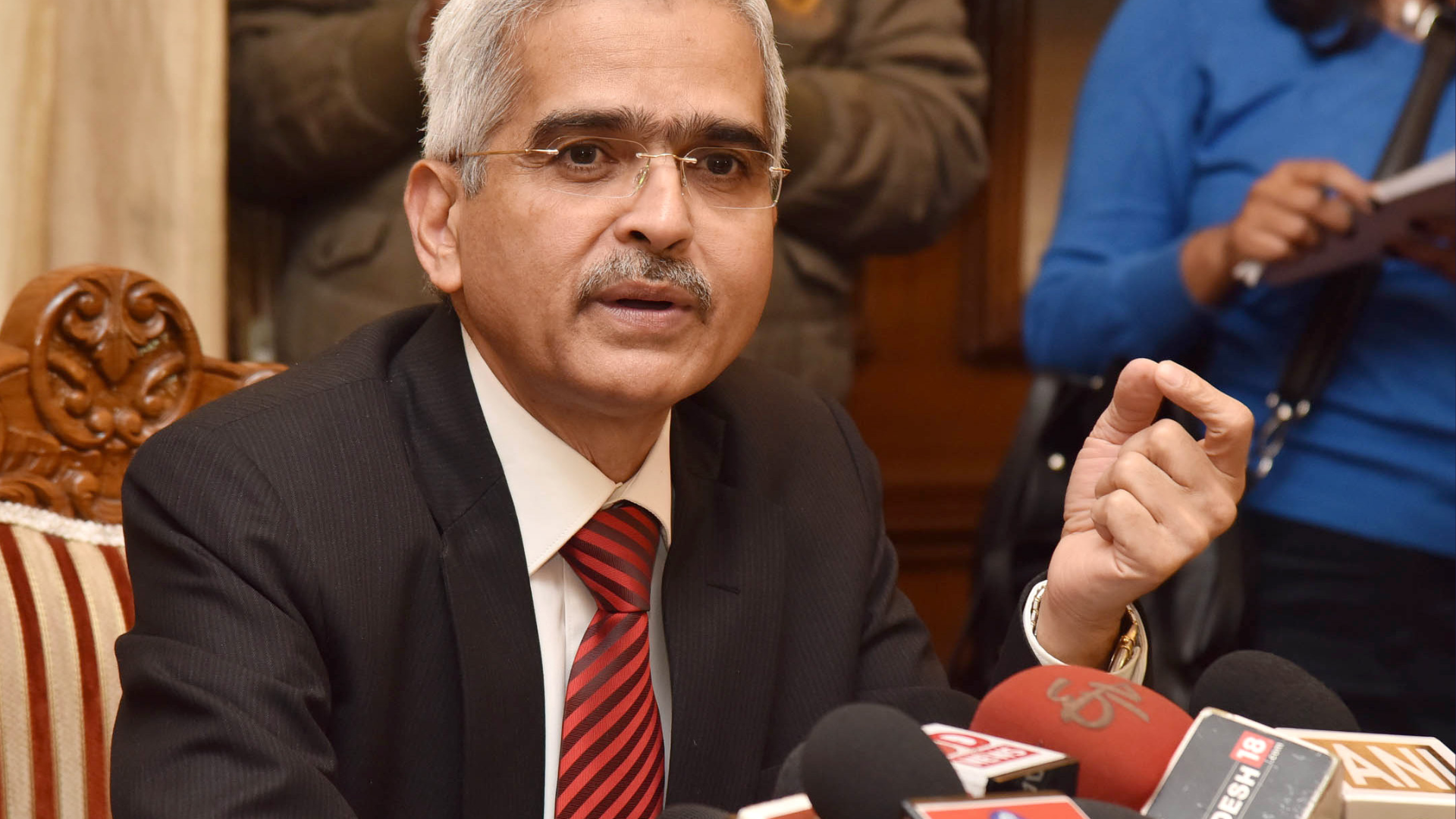



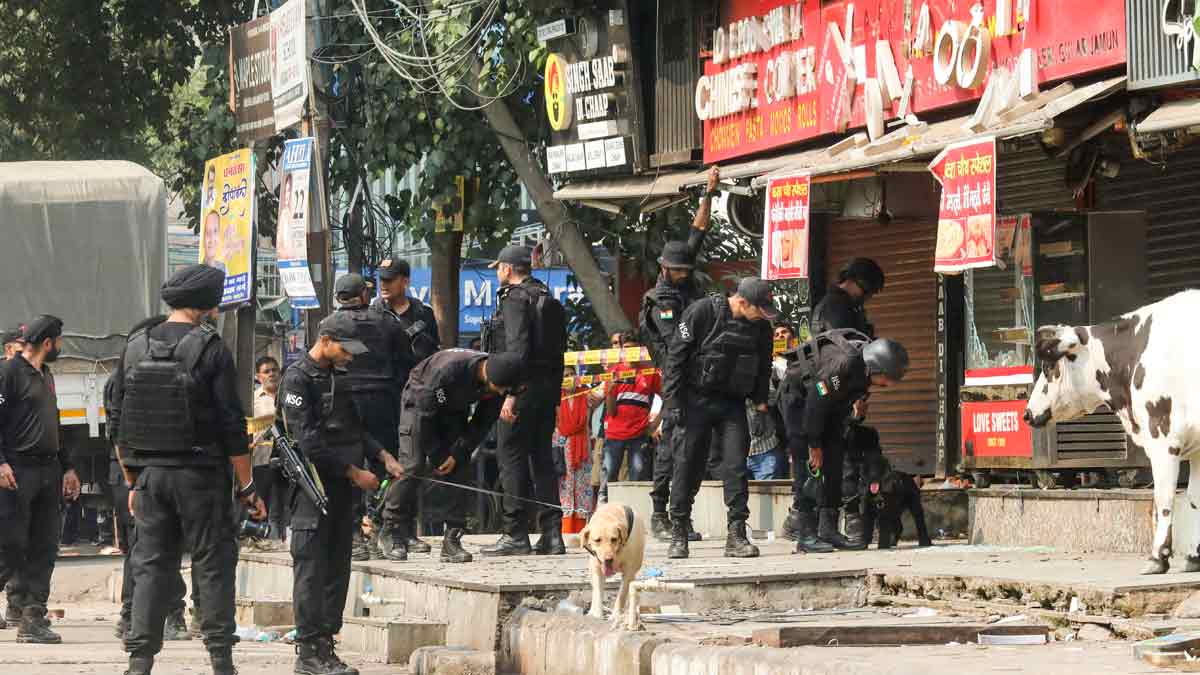


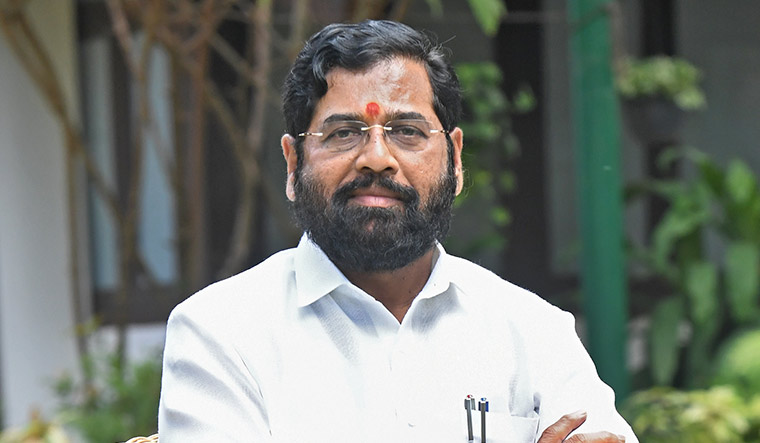
.png)
 (1).png)
